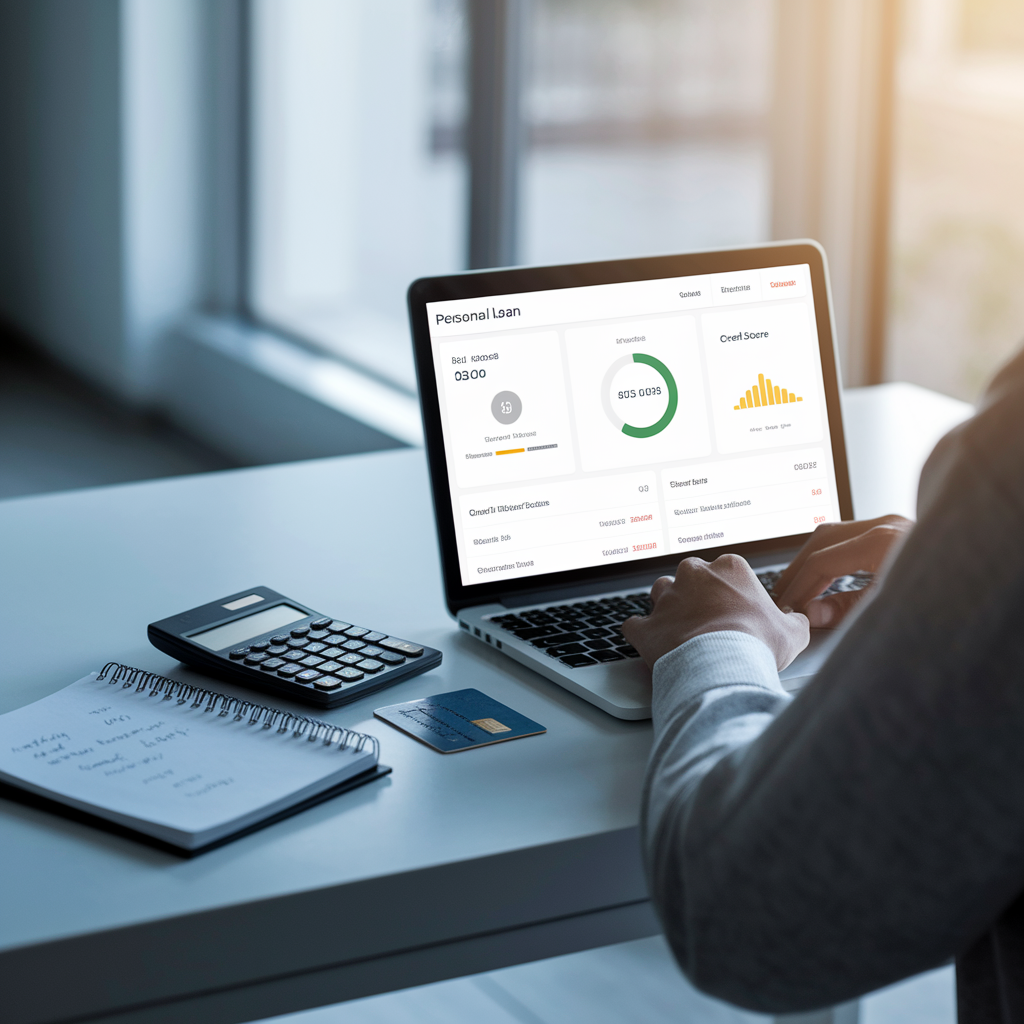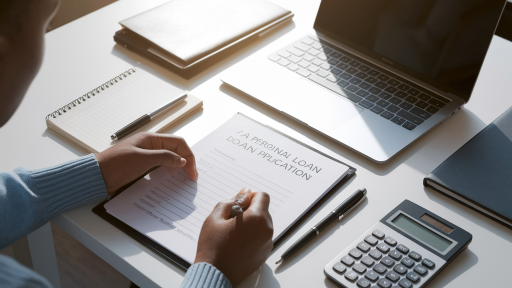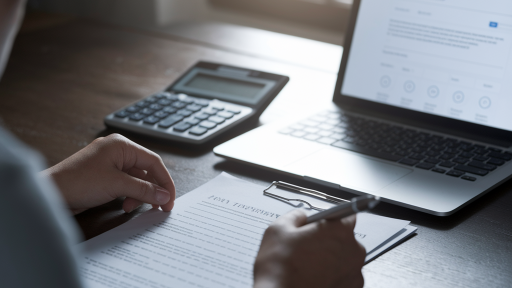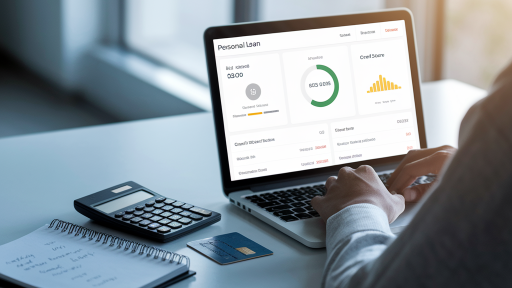Navigating the world of personal finance can often feel like choosing a path at a major crossroads. When you need a lump sum of cash—whether for a home renovation, consolidating debt, or managing an unexpected expense—a personal loan can be an invaluable tool. The first and most critical decision you’ll face is whether to pursue a secured or an unsecured loan.
This choice isn’t just a minor detail; it fundamentally changes the loan’s terms, requirements, and risks. Understanding the mechanics behind each option is the key to selecting a financial product that aligns with your circumstances, protects your assets, and helps you achieve your goals without unnecessary stress. Let’s break down the differences to help you decide which path is the right one for you.
Understanding the Core Difference: The Role of Collateral
At the heart of the secured versus unsecured debate lies a single concept: collateral. Collateral is an asset of value—like a car, a house, or a savings account—that you pledge to a lender as a guarantee for repaying a loan. It acts as a safety net for the lender. If you, the borrower, fail to make your payments (default on the loan), the lender has the legal right to seize that asset to recoup their losses. This simple distinction creates a ripple effect that influences everything from interest rates to approval requirements.
What is a Secured Personal Loan?
A secured personal loan is a loan that is backed by a piece of collateral. By providing this security, you reduce the financial risk for the lender. Because their investment is protected, lenders are often willing to offer more favorable terms. This type of loan is a testament to the old saying, “You have to have money to borrow money,” though in this case, it’s about having a valuable asset.
How It Works
When you apply for a secured loan, the lender will not only assess your creditworthiness but also appraise the value of the asset you’re offering as collateral. Common forms of collateral include:
- Real estate (using the equity in your home)
- Vehicles (cars, boats, RVs)
- Bank accounts (certificates of deposit or savings accounts)
- Investments (stocks or bonds)
- Valuable personal property (jewelry, art)
The amount you can borrow is often directly related to the value of your collateral. For example, a lender might offer you a loan for up to 80% of your car’s appraised value.
Pros of Secured Loans
- Lower Interest Rates: Because the lender’s risk is minimized, they can offer significantly lower Annual Percentage Rates (APRs) compared to unsecured loans.
- Higher Borrowing Limits: The presence of collateral often allows you to borrow larger sums of money than you would qualify for with an unsecured loan.
- Easier to Qualify For: If you have a fair or poor credit score, a secured loan can be a more accessible option. The collateral provides the security that your credit history might not.
Cons of Secured Loans
- Risk of Losing Your Asset: This is the most significant drawback. If you face financial hardship and cannot repay the loan, the lender can and will seize your collateral.
- Longer Application Process: The need to appraise the collateral adds extra steps and time to the approval process. It’s not as fast as an unsecured loan.
- Requires a Valuable Asset: You must own a valuable asset outright (or have significant equity in it) to be eligible.
What is an Unsecured Personal Loan?
An unsecured personal loan, as the name suggests, is not backed by any collateral. It’s often called a “signature loan” because your promise to repay—your signature on the loan agreement—is the only guarantee the lender has. This places all the risk squarely on the lender’s shoulders.
How It Works
Since there’s no asset to secure the loan, lenders rely heavily on your financial reputation to make their decision. They will meticulously review several factors to determine your creditworthiness, including:
- Credit Score: This is the most critical factor. A higher score indicates a responsible borrower.
- Credit History: A long history of on-time payments is favorable.
- Income: Lenders need to see that you have a stable and sufficient income to cover the monthly payments.
- Debt-to-Income (DTI) Ratio: This metric compares your monthly debt payments to your gross monthly income, showing lenders how much of your income is already committed to other debts.
Pros of Unsecured Loans
- No Risk to Personal Assets: Your home, car, and savings are safe. Defaulting will damage your credit score and lead to collections, but you won’t lose a specific asset directly.
- Faster Application and Funding: With no collateral to appraise, the process is streamlined. Many online lenders can approve and fund unsecured loans within a few business days, or sometimes even the same day.
- Greater Accessibility: You don’t need to own a major asset to qualify, making these loans available to a broader range of people.
Cons of Unsecured Loans
- Higher Interest Rates: To compensate for their increased risk, lenders charge higher APRs on unsecured loans.
- Stricter Credit Requirements: It can be very difficult to get approved with a low credit score. Lenders need strong evidence that you are a reliable borrower.
- Potentially Lower Loan Amounts: The amount you can borrow is typically less than what you might get with a secured loan, as it’s based solely on your credit profile.
Side-by-Side Comparison: Secured vs. Unsecured Loans
Seeing the key features next to each other can make the differences crystal clear. Here’s a quick-glance table to summarize.
| Feature | Secured Personal Loan | Unsecured Personal Loan |
|---|---|---|
| Collateral Required | Yes (e.g., car, home, savings) | No |
| Typical Interest Rates | Lower | Higher |
| Credit Score Importance | Important, but less strict | Crucial, very strict |
| Risk to Borrower | Losing the pledged asset | Damage to credit score, legal action |
| Loan Amount | Potentially higher | Potentially lower |
| Approval Speed | Slower (due to appraisal) | Faster |
Key Factors to Consider When Making Your Choice
The “better” loan is the one that best fits your unique financial picture. Ask yourself the following questions to guide your decision.
How Strong is Your Credit Score?
If you have an excellent credit score (typically 740 or above), you’ll likely qualify for a competitive interest rate on an unsecured loan, making it a fast and simple option. If your credit is fair or needs work, a secured loan might be your only path to approval, and it can even help you build credit if you make all payments on time.
How Much Do You Need to Borrow?
For smaller expenses, like a minor car repair or a vacation, an unsecured loan is often sufficient. If you need a substantial amount for a major home renovation or to start a business, you may only be able to secure that level of funding by pledging an asset.
What is Your Risk Tolerance?
This is a crucial, personal question. Are you comfortable with the possibility, however small, of losing your car or another valuable asset? If the thought causes you significant anxiety, the peace of mind offered by an unsecured loan might be worth the higher interest rate.
How Quickly Do You Need the Funds?
If you’re facing an emergency and need cash immediately, the speed of an unsecured loan is a major advantage. If your timeline is more flexible, the slower process of a secured loan won’t be a hindrance and could save you money in the long run through a lower interest rate.
Conclusion: Making the Final Decision for Your Financial Future
The choice between a secured and an unsecured personal loan boils down to a trade-off between risk and cost. Secured loans offer lower rates and higher limits in exchange for collateral, while unsecured loans provide speed and safety for your assets at the cost of a higher interest rate and stricter credit requirements.
There is no universally “correct” answer. The right loan for your neighbor might be the wrong one for you. Carefully evaluate your credit profile, your financial needs, your comfort with risk, and the assets you have available. By weighing these factors honestly, you can make an informed decision that empowers your financial journey. For a deeper understanding of your rights and the specifics of borrowing, it’s always beneficial to review resources and fully grasp the differences between a secured vs. unsecured personal loan before signing any agreement.





